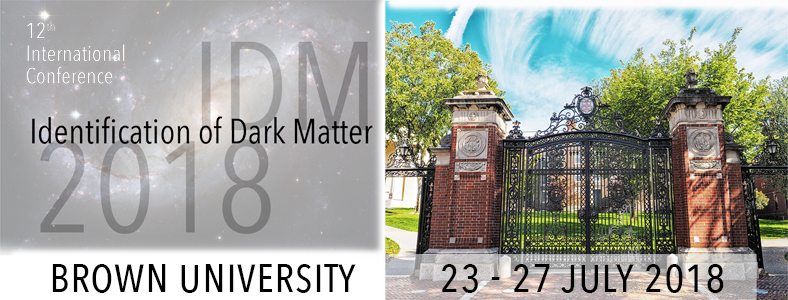Conveners
4.5 Direct Detection
- Bjoern Penning (Brandeis University)
The latest release of the Noble Element Simulation Technique (NEST) is presented here. Noble element target media have become common in rare event searches, and an accurate comparison model is critical for understanding and predicting signals and unwanted backgrounds. Like its predecessors, NESTv2.0 is a simulation tool written in C++ and is based heavily on experimental data, taking into...
Single electron noise which persists for many milliseconds is known to follow ionizing events in liquid/gas xenon emission detectors. This noise can span multiple event windows and can pile up in time. Therefore it can be mistaken for a genuine signal. Delayed electron noise can be a limiting background to the low-energy threshold of dark matter searches, and could prevent discovery-class...
Neutron production in (alpha,n) reactions as one of the main contributors to the background in dark matter experiments is discussed. Several codes exist to calculate the neutron yields and spectra from the decays of naturally occurring isotopes in various materials giving sometimes quite different results. The comparison of different codes will be presented and the sources of differences...
The p-type Point Contact Germanium (pPCGe) detector is used in light WIMPs searches by the China Dark matter EXperiment (CDEX). With better rise-time resolution, a category of extremely-fast events (EFEs) can be clearly recognized and its origin had been experimentally indentified. The analysis of EFEs could help to understand the background origins, which is very important for the detector...
SNOLAB is working with several collaborations to develop low-background techniques and assay systems. The sensitivity of current systems and their applicability to experiments will be discussed. Sample preparation techniques, such as ashing of acrylic, will be explained. New and more sensitive tools such as an XIA alpha detector and an ultra-low background radon emanation system are under...
Dual phase liquid/gas xenon time projection chambers (TPCs) currently set the worlds most sensitive limits on weakly interacting massive particles (WIMPs), a favored dark matter candidate. Radon and radon daughters produce problematic backgrounds for these searches. During detector construction, 222Rn and daughters plate out onto detector surfaces. While 222Rn has a half-life of 3.8 d, the...
